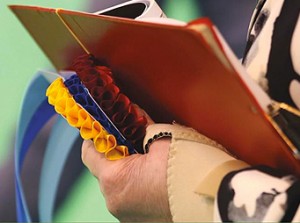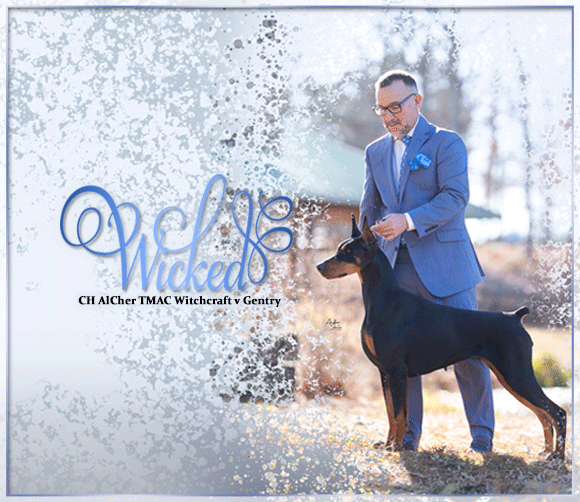Three Phases of Judging – Are You Among the Best?
74 – May 2019
From the archives of The Canine Chronicle
By Wayne Cavanaugh
 The term illusory superiority was coined by social psychologists Van Yperen and Buunk in 1991. It’s also known as the “above-average effect”, the “superiority bias”, and my personal favorite, “The Lake Wobegon effect” where all the children are above average. The premise is that people overestimate their own abilities in relation to the same abilities of others. It’s not about boasting; it’s a sincere belief that we are better at some tasks than most people.
The term illusory superiority was coined by social psychologists Van Yperen and Buunk in 1991. It’s also known as the “above-average effect”, the “superiority bias”, and my personal favorite, “The Lake Wobegon effect” where all the children are above average. The premise is that people overestimate their own abilities in relation to the same abilities of others. It’s not about boasting; it’s a sincere belief that we are better at some tasks than most people.
There are some classic pearls from that 1991 study. For example, more than 90 percent of drivers considered themselves better at driving than all other drivers. That, of course, is mathematically impossible. While some of those drivers are indeed above average, only 50 percent of people can be above the median. Across many tasks, people think they are better at some things than they really are. Dog show judges are, quite understandably, among those people.
Newer illusory superiority studies, including one by mathematician Spencer Greenberg and collaborators, reveal that depending on the task, people also underestimate their capabilities. For exam- ple, we underestimate our ability to predict the outcome of a sporting event, win a fist fight, or dance. Good news: you likely didn’t look as funny as you thought while cutting a rug at your niece’s wedding. Well, at least when compared to the average.
Where does illusory superiority manifest in our sport? Do dog show judges overestimate or underestimate their ability to select the best dogs? An expanding number of newly recognized breeds requires that more judges need to be approved to judge those breeds. And perhaps most important, more judges need to be approved for multiple groups to keep the cluster treasuries viable. Do those dynamics change how confident a judge is in every breed all of the time? The same propensity holds true for breeders, handlers, or exhibitors that instinctively evaluate the dogs they see inside and outside of the ring.
Judging dogs is a complicated process with many factors in play. Politics, biases and preferences are common human traits. A judge may be extremely knowledgeable but may have some unwitting or unconscious biases running around in their head. Some may be knowledgeable but not confident enough to stay on track – for example, when one handler has the best dog, bitch, and special in two back-to-back breeds.
Click here to read the complete article74 – May 2019

Short URL: http://caninechronicle.com/?p=162551
Comments are closed











